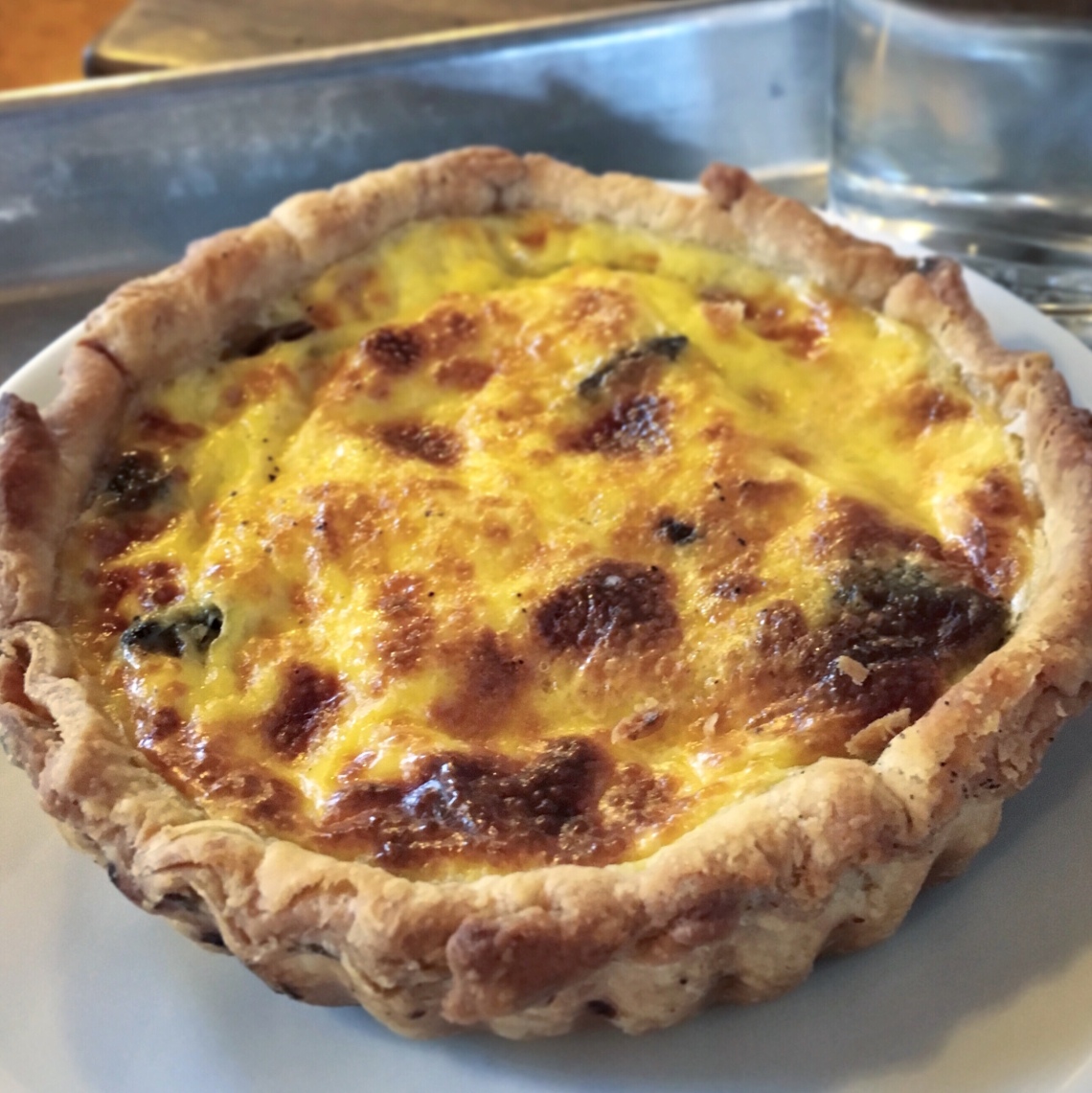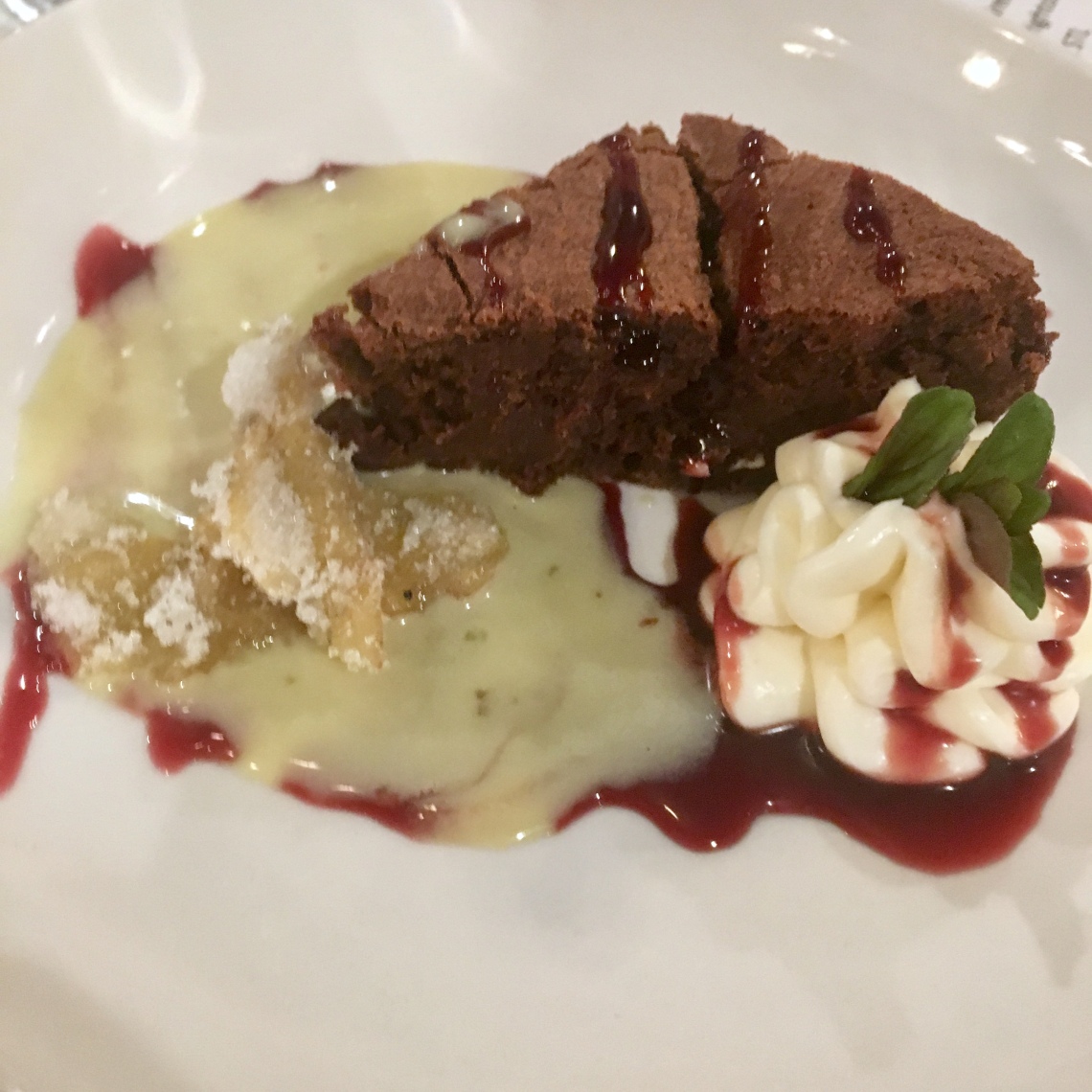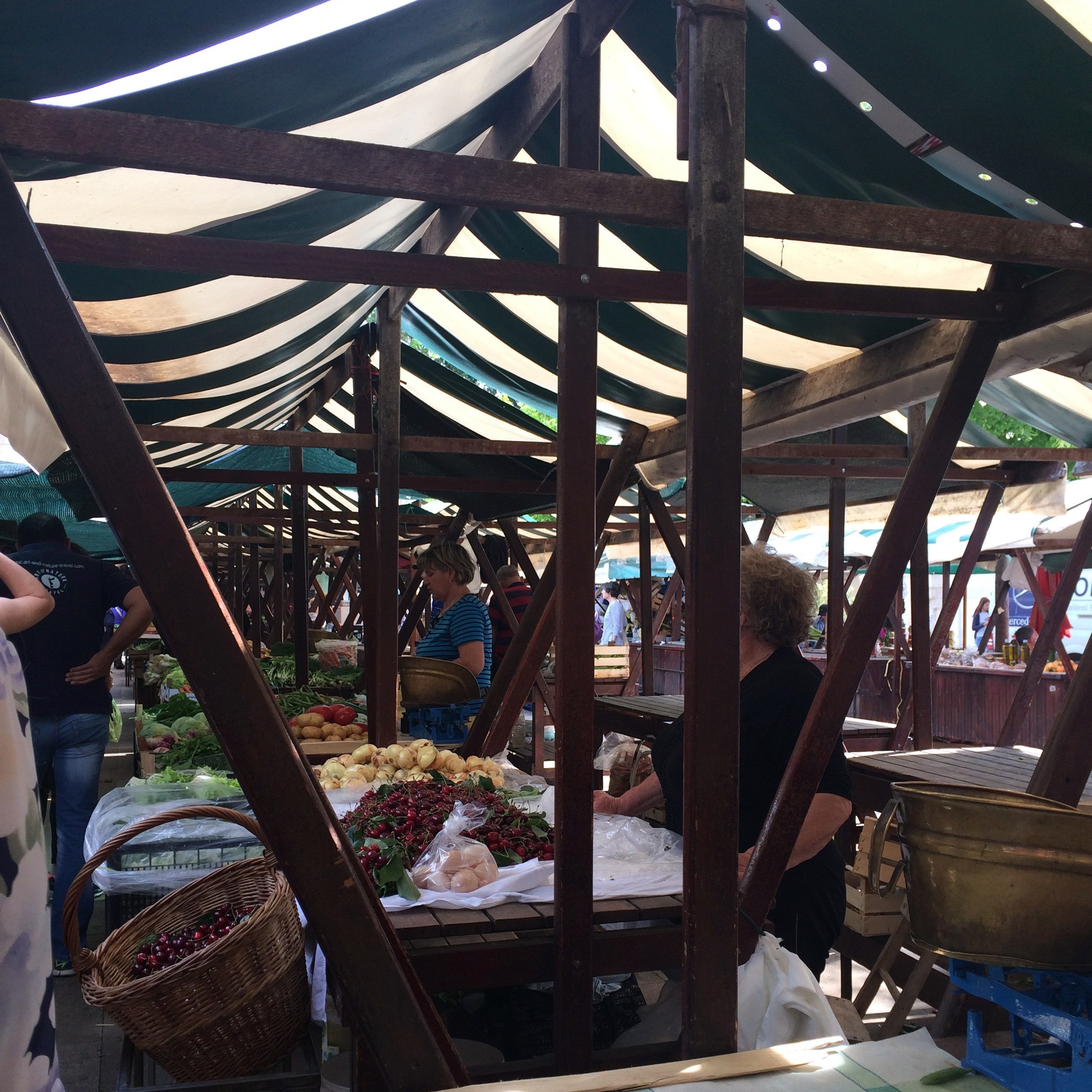By Jolee Keplinger (C’20)
Principia Center for Sustainability
Dining Services Liaison Officer

Tucked in the historic DeMun neighborhood of St. Louis are two spots that are beautifully embracing local, organic, and plant-based food.
The recent popularity of plant-forward dining is not a trend, but rather, a shift which has exploded throughout the St. Louis area within the past couple of years.
What initially inspired me to visit Seedz Cafe, (and the separate store, Seedz Provisions) was it’s healthy plant-based fare. Seedz stands out because it’s not simply a delicious plant-based, sit-down restaurant. Just a few steps away, from the cafe at Seedz Provisions, you’ll find a plethora of fresh baked goods, locally produced food products, handmade gifts, and a selection of espresso and elixir options.
The Power of Plant-Forward Cuisine
All of the food served at Seedz Cafe and Seedz Provisions is vegan, meaning everything is of 100% plant origin, so no meat, dairy or any other animal derived ingredients are used. (The terms vegan and plant-based are often used interchangeably.)

As someone who enjoys dining at a variety of restaurants, I’ve noticed that plant-based/vegan restaurants tend to be my favorite due to the innovative nature of the food and high likelihood of sustainable operations. In general, I’ve noticed that plant-based restaurants are highly conscious of where their ingredients come from, and very intentional in how they prepare them.
In addition, eating foods which are organically grown, unprocessed, and plant-based foods can reduce one’s ecological footprint and promote health. As you probably know, the U.S. food system is not set up in a way that makes healthy eating easy. As a result, only 9.3% of Americans are meeting the recommended intake of three cups of vegetables per day! Fortunately, plant-based restaurants like Seedz Cafe offer a variety of healthy, delicious, and aesthetically pleasing foods packed with fresh produce, whole grains, and healthy fats.
Fun fact: Seedz Cafe is one of the top 10 healthiest restaurants in St. Louis! Click here to see their menu.
The Ingredients:
Since Seedz is clearly going above and beyond what most restaurants are doing, I wanted to learn more about the business in-depth. Even though the website and Instagram account are informative, I wanted to specifically learn about Seedz in terms of the local food movement. I met with Cara Schloss, an incredibly inspiring owner and self-taught culinary artist and learned quite a bit of valuable background information.
For example, Seedz sources approximately 40% of its ingredients locally. Since there is no official definition of local food, it’s important to know how a businesses defines its local ingredients. At Seedz, a local ingredient must be located within about a 200 mile radius.
Their produce comes from Williford Family Garden which is St. Clair Missouri. This small farm went through the EarthDance apprenticeship program, and it specifically grows ingredients for Seedz. In addition, about 60-80% of the restaurant’s ingredients are grown organically.
Cara mentioned organic ingredients are a lot more expensive, but emphasized they are a priority. Even if a farm isn’t USDA certified organic (such as Three Rivers Community Farm which I previously highlighted), the food can still be grown using organic principles. Ultimately, what matters the most is how food is grown, not whether it flashes a fancy label.
Here are a few examples of where they source their food:
- Bread comes from Kneed Bakehouse
- Authentic pita bread is from Cham Bakery
- Herbs are from Forest and Meadow Apothecary
Foraged Foods
Seedz transcends locally sourced and organically grown ingredients by incorporating foraged foods into cuisine. Foraged foods include nutrient-packed nettles, elderberries, and morel mushrooms. (This relates to a previous restaurant profile.)
For example, their Greenz Elixir features mineral rich nettle leaves (plus Gotu Kola and Matcha for mental alertness and focus). It’s even dusted with spirulina (a natural source of essential minerals such as iodine & chlorophyll). It’s also worth mentioning that they sweeten their innovative elixirs and espresso drinks with dates and use fresh and homemade hemp seed mylk.
Fun fact: Their herbalist makes five flavors of elixirs which represent the five branches of Chinese medicine.
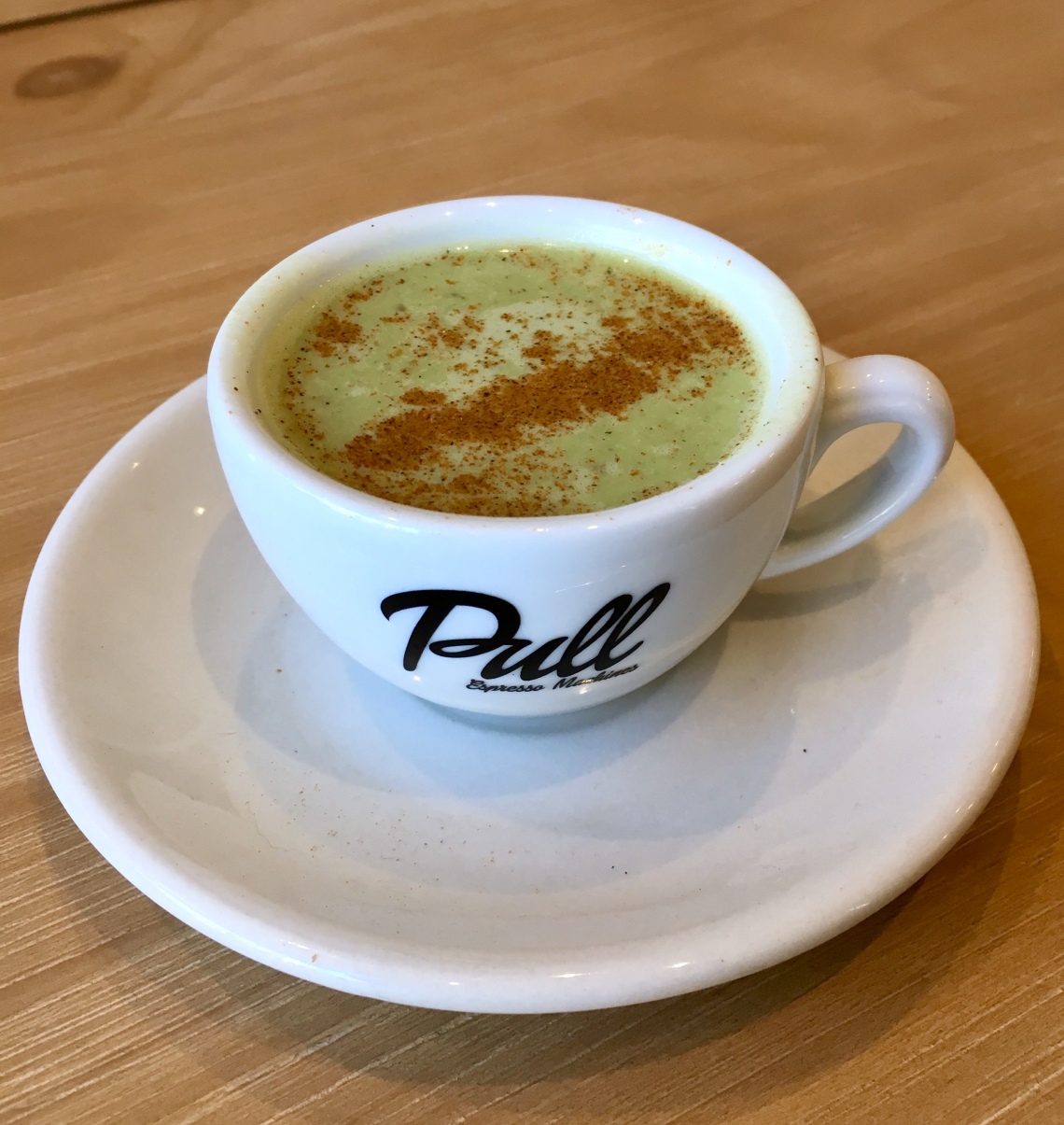
This was my first warm, freshly-composed elixir experience. It did not disappoint! It not only tasted absolutely magical, but I felt like I was truly nourishing myself. I would drink a large mug of this every day if I could!
Sustainable Design

Reclaimed wood is located at the front of the cash register at the store and throughout the cafe. It was given to Seedz by a friend from Farmington, MO (whose barn happened to be falling over).

The cafe and store both have windows which let in plenty of natural light. The natural lighting compliments the natural decor and cozy atmosphere.
Zero Waste Operations
If the restaurant has an over-abundance of its locally sourced produce, it does not go to waste. Instead, it’s given away to their employees. In addition since Seedz uses paper straws and biodegradable to-go ware, everything can be composted! When dining in, real dishes and silverware are used.

Local Products for Sale
Seedz Provisions stocks a wide array of locally sourced products which are perfect for gift-giving (or treating yourself)! Below are three examples of what Seedz Provisions has to offer.
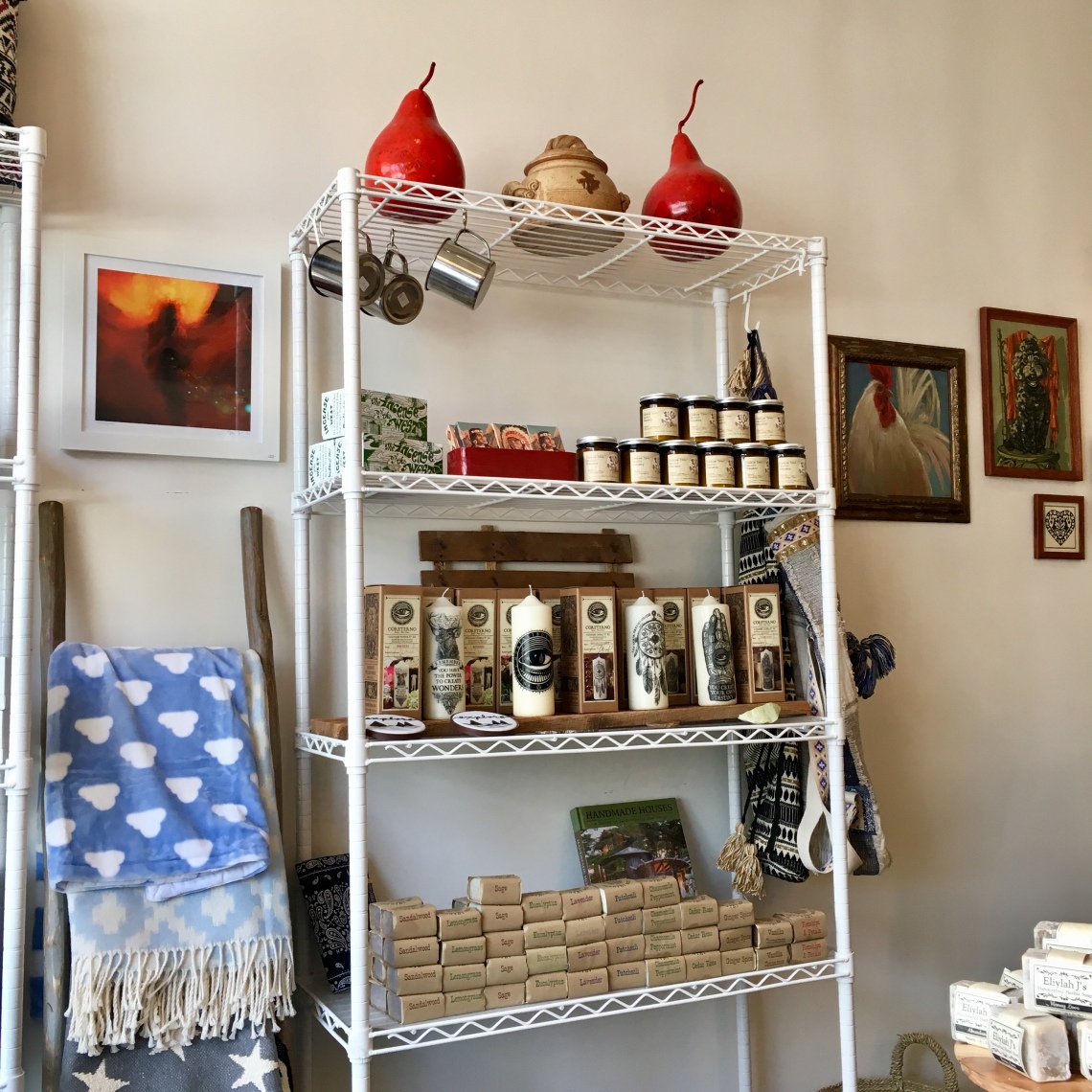


1. This small-batch Made Fare Co. granola is baked in St. Louis, MO. It’s filled with wholesome ingredients and also refined sugar and GMO-free.
2. Big Heart Tea Co. is also based in St. Louis. This woman-owned company crafts its tea with healing herbs which promote one’s overall sense of health and wellbeing. They are committed to sourcing their ingredients ethically, and ensure that every ingredient used helps pioneer traceable and direct-trade herbs.

3. Core + Rind, another local brand based in St. Louis, specializes in cheesy sauces made from cashews. Their sauces are 100% plant-based, and serve as an excellent alternative to the unhealthy and ultra-processed jars of queso dip. Their cheeesy sauces are packed with healthy fats and are vegan, paleo, whole 30, and keto friendly!
Fresh Baked Goods
The best part about Seedz Provisions is their ever-evolving selection of homemade donuts. These superfood spiked donuts are packed with wholesome ingredients and are free of oil, refined sugar, and gluten. (Who knew a donut could actually be healthy?!)

Seedz isn’t just heaven-on-earth for dedicated vegan and plant-based eaters, it’s is an excellent destination for food-venturers who value healthy, delicious and consciously crafted cuisine.
If you love plant-forward cuisine, but aren’t near the St. Louis area, the Happy Cow app is an excellent tool for discovering vegetarian and vegan restaurants. (I actually discovered Seedz by using this app.) In addition, I’ve noticed that the restaurants in Happy Cow’s database tend to be healthier than the average, and this benefits everyone!
Location & Hours
6344 South Rosebury, Demun, MO 63105 – Open Tuesday – Saturday 11a – 8p and Sundays 11a – 4p.
Coming Soon: Seedz Cafe will be a vendor at the 2nd annual St. Louis VegFest! It’s hosted at the World’s Fair Pavilion in Forest Park on Sunday, October 13th, 2019.












